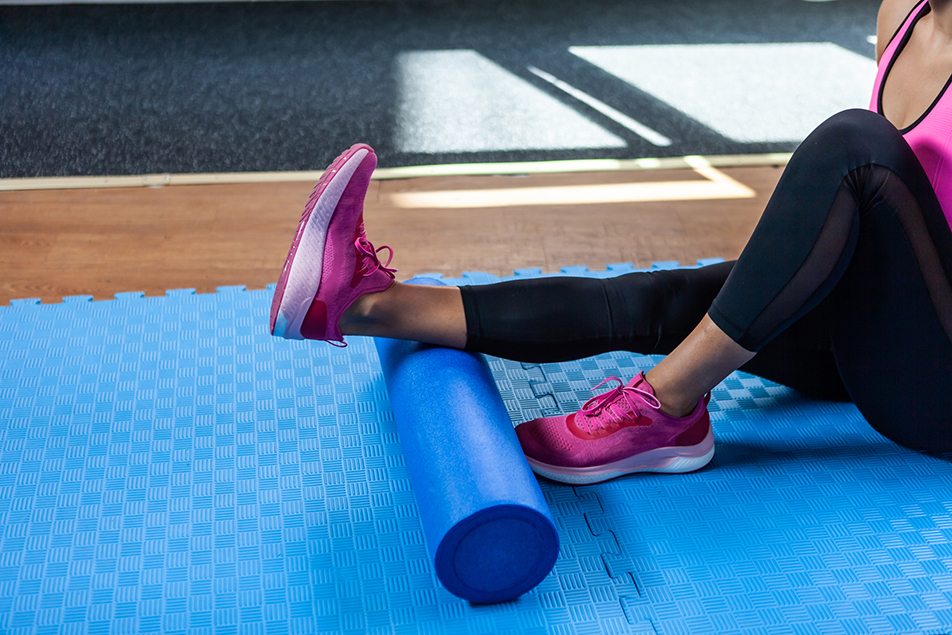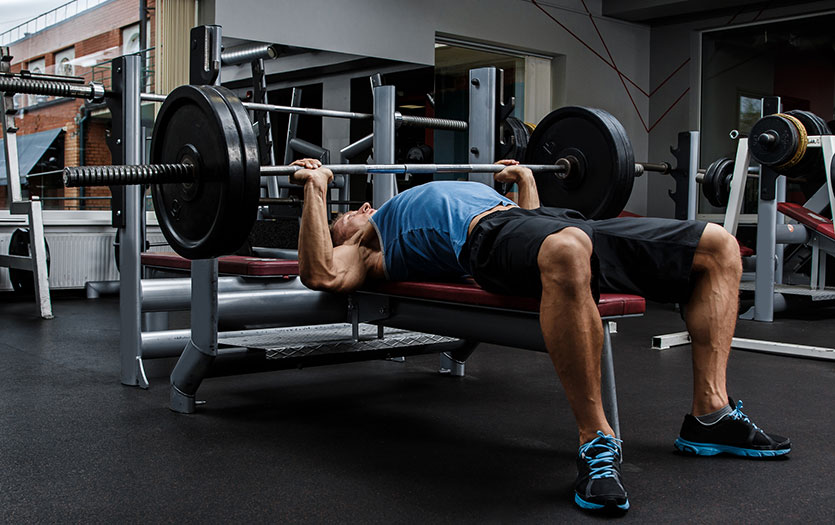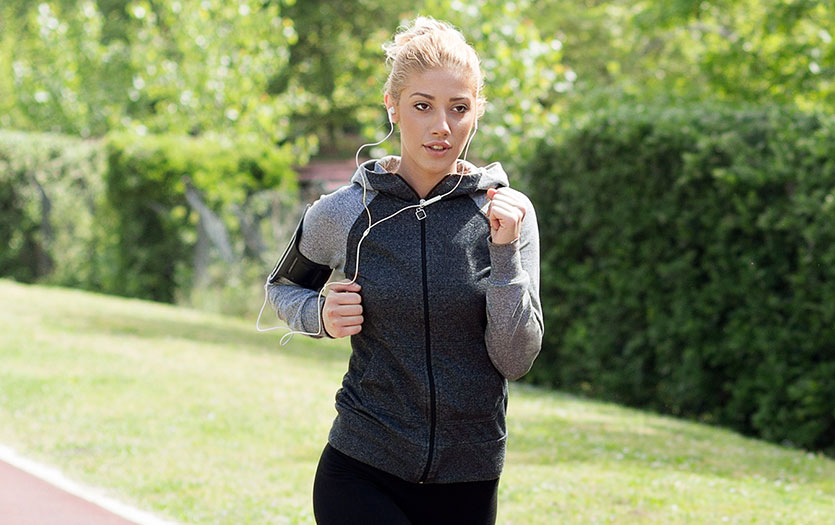
The purpose and the pain.
You’ve probably seen an assortment of foam rollers at your fitness facility. Well, it’s time to grab one and give it a try! The practice of foam rolling offers an array of benefits for people of all ages and ability levels. In the short term, it’s a great way to relieve or prevent muscle soreness that may develop from a hard workout, while, in the long run, it can help increase overall flexibility.
Think of a foam roller as your personal masseuse, meaning it works as a means of myofascial release, which is a fancy way of saying it loosens the muscles. The foam roller puts pressure on the muscles while also rubbing them, increasing the blood flow through that area. This helps your muscles recover better and breaks up any adhesions or tightness.
Be aware, similar to a deep tissue massage, foam rolling can hurt a bit. But don’t let that pain scare you off. It’s a sign that the muscle needs attention. Nice, loose, supple muscles don’t hurt when you foam roll them, but tight and fatigued muscles can be quite tender. It feels counterintuitive to do something knowing that it will be painful if it’s working, but in the end, you’ll feel relief.
Get rolling.
Main areas that benefit from foam rolling are the large muscle groups, such as your quads and hamstrings, but most muscle areas can safely benefit from the practice. You want to apply a moderate amount of pressure while rolling the entire length of the muscle group. At some point, you may want to add extra pressure to really get in those muscle areas. To do this, put more of your body weight on the roller or in the legs by crossing one leg over the other.
For effective results, roll each area 15-20 times or continuously for about 30 seconds. If it is too painful to roll one specific area, work in to it by rolling the surrounding areas, then slowly working back toward the tender spot. The pain should lessen while rolling. If it is extremely painful, do not push through it. You should expect a bit of discomfort the next day and, as with any type of massage, be sure to drink plenty of water.
Tread rightly.
There are a variety of foam rollers to choose from. While they’re all effective, the level of pressure is the main difference. For a general user, a plain roller is sufficient. If you want to have a firmer level of pressure, the hollow core rollers are the right choice. To get more of a trigger point treatment with rolling, the rollers that have the treads are the way to go. Any type of roller will work but it’s always best to start softer and work your way into a more intense option.



